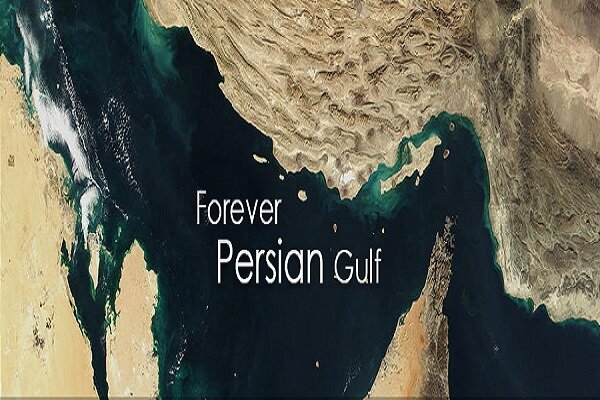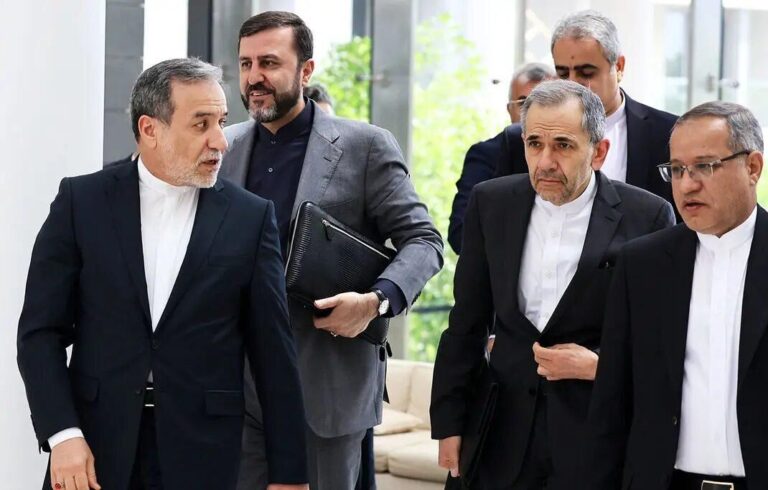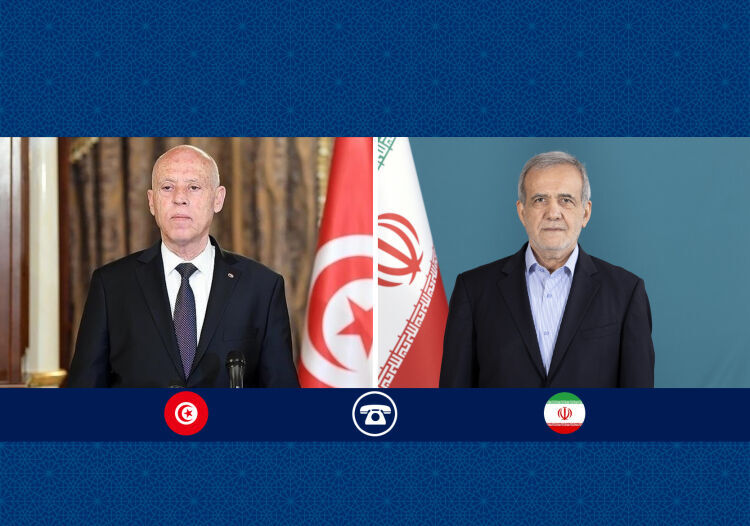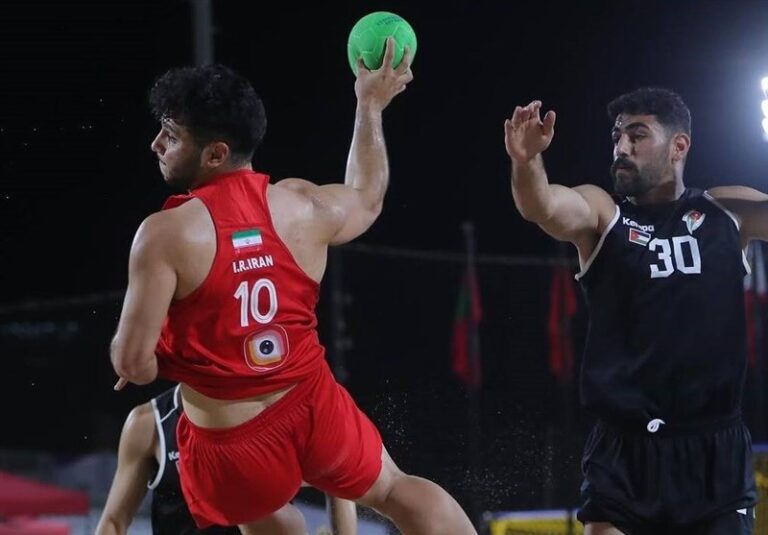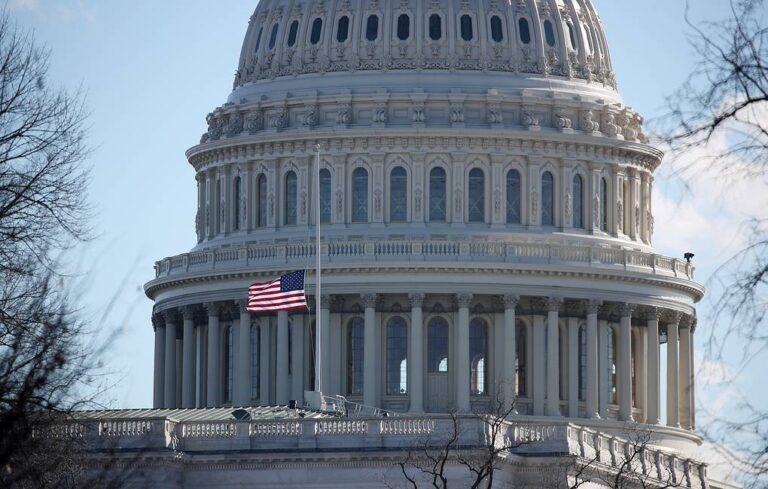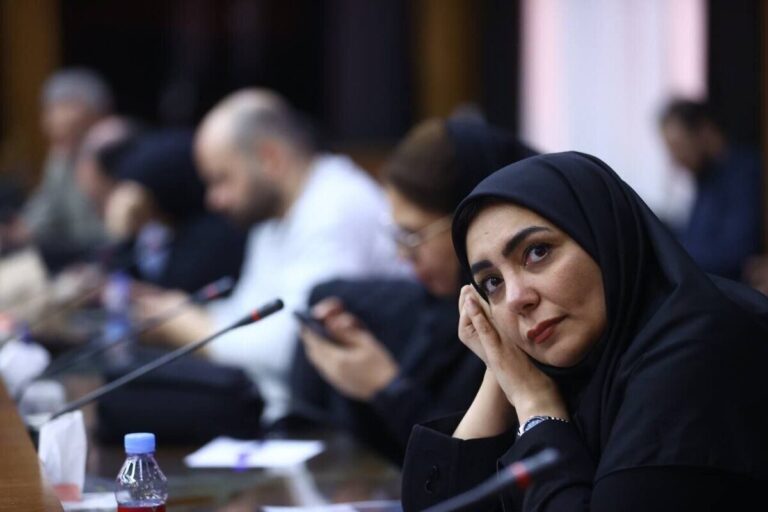Exploring the Persian Gulf: A Deep Dive into Iran’s Cultural and Historical Identity
Iran is currently observing the Persian Gulf National Day, an important occasion that commemorates the expulsion of colonial powers from this vital waterway in 1622. This day, celebrated on the 10th of Ordibehesht, the second month of the Iranian calendar, not only signifies a historical triumph over foreign forces but also serves as a reminder that the name “Persian Gulf” will endure for generations to come.
The Persian Gulf has a rich history that spans thousands of years. It has consistently been known as the Persian Gulf or its equivalents across various languages. This continuity of nomenclature can be traced back to ancient texts and historical documents, where it has been referred to as the ‘Persian Sea’ or similar terms.
Historically, the Persian Gulf has been a significant body of water for the region, and Iranian authorities emphasize the importance of maintaining regional security and stability. The government of the Islamic Republic of Iran advocates for the Persian Gulf to remain a symbol of peace and cooperation among neighboring countries. Iran’s commitment to this policy is grounded in the hope that all nations will respect the sovereignty and peace established by the coastal states.
- The Iranian islands of Abu Musa, Greater Tunb, and Lesser Tunb are integral parts of Iranian territory.
- Any claims made by third parties regarding these islands are fundamentally rejected by Iran.
- The UAE has made unsubstantiated claims about these islands, which are deemed invalid.
In recent discussions involving the Persian Gulf Cooperation Council and the European Union, Iran was urged to cease what was described as the “occupation” of these islands. This statement is viewed as a hostile act against Tehran, ignoring established legal documents. Iran maintains that its sovereignty over the islands is unequivocal and backed by historical evidence.
The Iranian government has consistently asserted its claims over the three islands, reinforcing its position against any foreign intervention. Iranian officials have made it clear that any aggression towards their territory will be met with a decisive response.
Iran celebrates this significant occasion, honoring all those who have fought to protect its land and waters, particularly paying tribute to the martyrs of the Persian Gulf. The Persian Gulf represents an enduring source of pride for Iran, and its historical significance is acknowledged by the people who have thrived alongside its shores.
In addition to its economic importance, the Persian Gulf boasts a unique historical and cultural legacy, evident in the diverse communities that inhabit its banks. The cultural identity of the regions surrounding the Persian Gulf is a treasure that Iran aims to preserve for future generations.
Historically, the Persian Gulf has been referred to as “Persian” since the establishment of the Achaemenid Empire in 550 BC. Various historical texts and documents have consistently used the term “Persian Gulf,” a designation that has persisted over the centuries.
According to the book “Documents on the Persian Gulf’s Name, the Eternal Heritage of Ancient Time,” references to the Persian Gulf date back to over 400 BC in multiple languages, including Arabic. Most maps and international treaties created before 1960 also identify this body of water as the “Persian Gulf.”
Despite attempts by some Arab states and their Western allies to alter the historical name of the Persian Gulf since the mid-19th century, Iran regards these efforts as politically motivated and ultimately futile. In 2006, Iran declared the 10th of Ordibehesht as the Persian Gulf National Day to reaffirm that this name will remain unchanged.
This national day coincides with the anniversary of Abbas I of Persia’s successful military campaign that expelled the Portuguese navy from the Strait of Hormuz. The Capture of Ormuz in 1622 marked a significant moment in Iranian history, affirming the nation’s sovereignty over the region.
Geopolitical Importance of the Persian Gulf
The Persian Gulf holds considerable geopolitical significance, encompassing approximately 250,000 square kilometers. It is bordered by the Arvand River to the north, which delineates the boundary between Iran and Iraq, and the Strait of Hormuz to the south, connecting it to the Sea of Oman and the Indian Ocean.
This strategic waterway is crucial for international trade, linking the Middle East with Africa, India, and China. The discovery of oil in the early 19th century in Iran significantly enhanced the geopolitical importance of the Persian Gulf, leading to increased exploration and extraction activities.
- Approximately 20 million barrels of crude oil and condensates are transported from the Persian Gulf daily.
- About 50,000 ships navigate through this waterway each year, with 17,000 of those being oil tankers.
The geopolitical dynamics of the Persian Gulf are not solely driven by oil; they also reflect historical tensions among regional and global powers. The area has witnessed numerous conflicts and heightened military activities, including naval drills and the establishment of military bases.
Experts warn that instability in the Persian Gulf and the Strait of Hormuz could have global economic repercussions, given the significant amount of energy that transits through this vital region.
In conclusion, the Persian Gulf National Day serves as a poignant reminder of Iran’s historical legacy and commitment to preserving its sovereignty, while also highlighting the ongoing geopolitical relevance of this crucial waterway.
